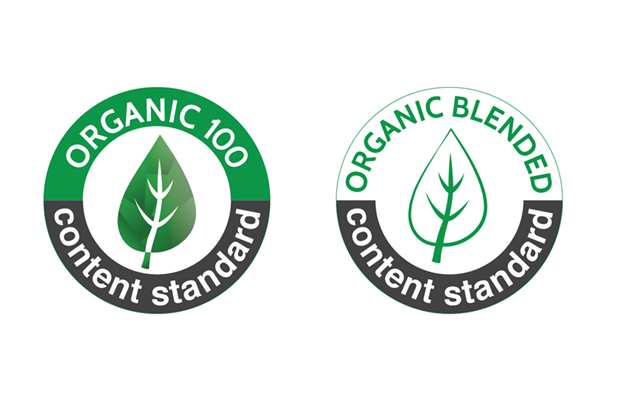Fashionable Fibres: Certification
Understanding organic textile certifications and labelling
When you’re considering buying a product, certifications can be a great way to quickly assess its environmental or social credentials.
This is the same with any textiles product, such as clothing, homeware or accessories.
Certifications are also a good way for a brand to showcase the extra care they are placing in making sure they’re connected to their supply chain and to their impact within it.
There are some great certifications to look out for in textiles, which you can trust, and have faith that what you’re buying is causing the least harm and is more sustainable. Organically produced fabrics are much kinder and offer many benefits to the environment, the farmer and the consumer, in comparison to conventional cotton. Organic is considerably less polluting, less water is needed to produce it, and the farmer receives a premium. This is further explained in my previous post, here.
But the question is - Which certifications should I look out for, and what do they mean?
Global Organic Textile Standard

GOTS is a worldwide-recognised organic standard with extensive social and environmental criteria. The standard covers the whole supply chain, from the harvesting of the raw materials to the end product. This includes the processing, dyeing and the manufacturing of a textile product, which all need to be organic, making sure no toxic and harmful chemicals are used. The standard also includes the packaging, labour standards and the labelling, with the aim to be transparent and all-encompassing.
A GOTS certified product contains either:
- A minimum of 95% certified organic fibres
- Or, if it is labelled ‘made with (x%) organic materials’ then it must contain a minimum of 70% organic fibres and the remaining fibres can be non-organic.
Along with this, every process along the supply chain must be independently certified to be organic, such as the dyeing and finishing. It must also meet the social and packaging requirements.
Each stage is then given a license number, which provides traceability, reliability and credibility throughout the supply chain. For more information on the requirements you can visit the website here.
Organic Content Standard
The Organic Content Standard (OCS), managed by the not-for-profit organisation Textile Exchange, is a certification which verifies that a fabric consists of organically grown fibres. This is so the retailer, and you as a consumer, have full confidence that the fabric is genuinely organic and the organic fabric percentage is accurate to what it claims to be. This is important as often contamination and regulation can be problems in farming and production. OCS is also independently certified at each stage along the supply chain, ensuring transparency from the harvest of the raw material through to the end garment.
There are two different logos to look out for within OCS:

- OCS100 is awarded to a product that contains 95% or more organic material.
- OCS Blended is awarded to products that contain a minimum of 5% organic materials that have been blended with other non-organic materials.
More about Organic Content Standard can be found here.
STANDARD 100 by OEKO-TEX®
This certification is awarded to fabrics that do not contain harmful, toxic or unsustainable chemicals that can sometimes be present in textiles products. They specialise in testing the end product, and the factories that they are made in, to make sure that chemical levels are safe for you as the consumer. There are four different classes within the standard which are dependent on how much contact they have with the skin. Class 1 is the most stringent, and is of a standard which is safe for babies.
The product is independently assessed against criteria found here, and covers the whole product, from the fabric to the thread, buttons and coatings.
So next time you’re buying a cotton t-shirt or a wool throw and see one of certification logos, you can know that the product is safer for the health of the environment and for you. I believe that the higher price you may pay for certified products is worth it, to know that what you are buying is of a higher quality and ethics, with every step caring for people and the planet.
In the next post, I’ll look into how organic cotton is creating a positive impact. I’ll highlight some amazing projects to showcase the benefits that organic cotton can bring to farmers and their communities.

